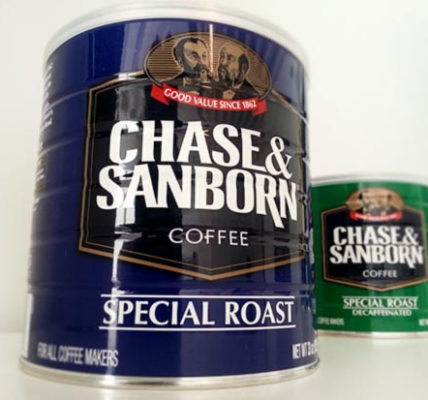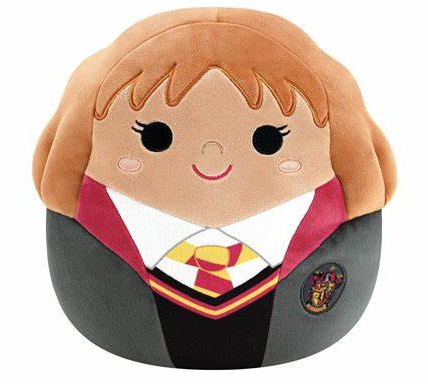The world of hairstyling is ever-evolving, with new trends constantly emerging and old ones making comebacks. One such trend that has resurfaced with a modern twist is crimped hair. Once a staple of the 1980s, crimped hair is now making waves on social media platforms like Instagram and TikTok.
Whether you’re a seasoned hairstylist or someone looking to experiment with your hair, “crimp it” has become a popular term that encompasses the technique of crimping hair to achieve a textured, voluminous look. In this article, we’ll explore everything you need to know about crimping, from its history to the latest techniques, products, and styles.
The History of Crimped Hair
Crimped hair first gained popularity in the late 1970s and became a defining hairstyle of the 1980s. The iconic zigzag waves were originally achieved using crimping irons, which created the signature textured look. Celebrities like Madonna, Cyndi Lauper, and the characters on popular TV shows such as “Saved by the Bell” helped solidify crimped hair as a cultural phenomenon. The style was bold, edgy, and perfectly aligned with the fashion-forward and rebellious spirit of the ’80s.
After fading in popularity during the 1990s and early 2000s, crimped hair is back, but with a modern twist. Today, crimping is being embraced by a new generation looking to add texture and volume to their hairstyles without the need for excessive heat or damaging techniques.
Why Crimping is Back in Style
The resurgence of crimped hair can be attributed to several factors. Firstly, the nostalgic appeal of ’80s fashion and beauty trends has made a comeback, with younger generations exploring retro styles and giving them a modern twist. Additionally, crimped hair offers a versatile and unique texture that can add volume and interest to various hairstyles, from updos to loose waves.
Social media platforms like Instagram, TikTok, and YouTube have played a significant role in reviving the trend. Influencers and hairstylists are sharing tutorials, showcasing different crimping techniques, and demonstrating how to incorporate crimped hair into everyday looks. As a result, “crimp it” has become a popular hashtag, with countless posts and videos dedicated to the style.
How to Crimp Your Hair: A Step-by-Step Guide
If you’re ready to jump on the crimped hair bandwagon, here’s a step-by-step guide to help you achieve the look:
Crimping Iron: The most traditional tool for crimping hair is a crimping iron, which features zigzag plates that create the textured look. Modern crimping irons come in various sizes, allowing you to choose between tight crimps or looser waves.
Hair Straightener: If you don’t have a crimping iron, you can use a hair straightener to achieve a similar effect. Simply braid your hair into small sections, clamp the braids with the straightener, and then unravel them for a crimped effect.
Finish the Look: Once your entire head is crimped, use a light-hold hairspray to set the style. You can leave your hair down, style it into an updo, or even add accessories for a more personalized touch.
Crimped Hair Styles to Try
Crimped hair is incredibly versatile, and there are numerous ways to style it. Here are a few popular looks:
Half-Up, Half-Down Crimp: This style combines the volume and texture of crimped hair with the classic half-up, half-down look. It’s perfect for casual outings or even more formal events.
Crimped Ponytail: Add a twist to a classic ponytail by crimping your hair first. The texture will give your ponytail extra volume and a unique, playful look.
Crimped Braids: For a bohemian vibe, try incorporating crimped hair into braids. Whether you opt for a simple three-strand braid or a more intricate fishtail, crimped hair will add depth and interest.
Crimped Updo: If you’re attending a special event, consider a crimped updo. The texture from the crimps will make your updo stand out and add a touch of elegance.
Products to Use for Crimping Hair
To achieve the best crimped hair results, it’s essential to use the right products. Here are some must-haves:
Heat Protectant Spray: Use a premium heat protectant spray to shield your hair from heat damage. Look for one that also adds shine and reduces frizz.
Volumizing Mousse: Before crimping, apply a volumizing mousse to damp hair. This will give your hair extra body and help the crimps hold better.
Texturizing Spray: After crimping, use a texturizing spray to enhance the texture and give your hair a more lived-in, tousled look.
Light-Hold Hairspray: Finish your style with a light-hold hairspray to keep the crimps in place without making your hair feel stiff.
FAQs
What is “Crimp It”?
“Crimp It” is a popular term associated with hair styling tools designed to create crimped or wavy textures in hair. The most common product referred to as “Crimp It” is a crimper, which is a specialized hair tool used to add texture and volume by creating a zigzag pattern in the hair.
How does a crimper work?
A crimper works by using heated plates with a zigzag or wave pattern to press into the hair, creating a textured effect. The heat from the plates temporarily alters the hair’s structure, resulting in a crimped look that can last until the hair is washed or styled differently.
Can I use a crimper on all hair types?
Yes, crimpers can be used on all hair types, but the results may vary. Fine hair may require a lower temperature and shorter crimping time, while thicker or coarser hair might need higher temperatures and longer processing.
Conclusion
Crimping is back and better than ever, offering a fun and versatile way to add texture and volume to your hair. Whether you’re going for a subtle wave or a full-on ’80s-inspired look, crimping can help you achieve it. With the right tools, products, and techniques, you can master the art of crimping and make this retro trend your own. So go ahead, “crimp it,” and embrace the textured hair trend that’s taking over social media.
To read more, Click Here .




